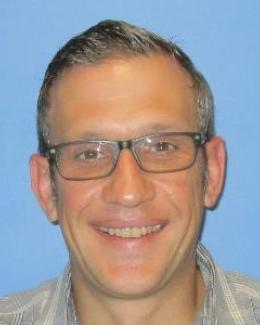
Researchers from institutions including the Department of Energy’s Oak Ridge National Laboratory have created a new method for statistically analyzing climate models that projects future conditions with more fidelity.
The method provides a way to adjust for models with high temperature sensitivities — a known problem in the community. By assigning different weights to models and combining them, the researchers estimate that the global temperature will increase between 2 and 5 degrees Celsius by the end of the century. This projection, published in Nature Communications Earth & Environment, aligns with previous projections, although this novel framework is more inclusive, avoiding the rejection of models that was common practice in previous methods.
“We don’t judge models individually,” said Elias Massoud, a computational ecohydrologist at ORNL. “Instead, we see how they can be put together, using their combined information to get projections of the future.”
A key parameter for these models — known as equilibrium climate sensitivity or ECS — describes the relationship between change in carbon dioxide and corresponding warming. Although the Earth system has a true ECS, it is not a measurable quantity. Different lines of evidence can provide a plausible picture of the Earth’s true ECS, which can alleviate the uncertainty of simulation models.
However, many models assume a high ECS and predict higher temperatures in response to more atmospheric carbon dioxide than occurs in the real Earth system. Because these models provide estimates about future conditions to scientists and policymakers, it is important to ensure that they represent the conditions of the Earth as faithfully as possible.
Previous methods mitigated this issue by eliminating models with a high ECS value. “That was a heavy-handed approach,” said Massoud. “The models that were thrown out might have good information that we need, especially for understanding the extreme ends of things.”
“Instead, we adopted a tool called Bayesian Model Averaging, which is a way to combine models with varying influence when estimating their distribution,” said Massoud. “We used this to constrain the ECS on these models, which enabled us to project future conditions without the ‘hot model problem.’”
Many models come from similar code or have the same parameters, thereby creating concerns about model independence. “If two models are dependent, then they give the same information,” said Massoud. “Our work uses the results of the weights to estimate how much independence each shows and then factors that into their influence, so the same information is not double counted.”
This new method provides a framework for how to best understand a collection of climate models. The model weights included in this research informed the Fifth National Climate Assessment, a report released on Nov. 14 that gauges the impacts of climate change in the United States. This project also supports the Earth System Grid Federation, an international collaboration led in the U.S. by DOE that manages and provides access to climate models and observed data.
“Our work integrates model data with observed data to get the best estimate of the state of the Earth system,” said Massoud. “This enables scientists to make more accurate, precise projections about how the Earth and climate are changing.”
UT-Battelle manages ORNL for the Department of Energy’s Office of Science, the single largest supporter of basic research in the physical sciences in the United States. The Office of Science is working to address some of the most pressing challenges of our time. For more information, please visit energy.gov/science. — Reece Brown



